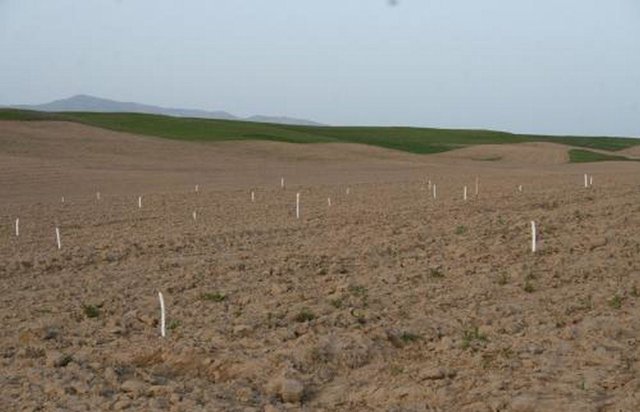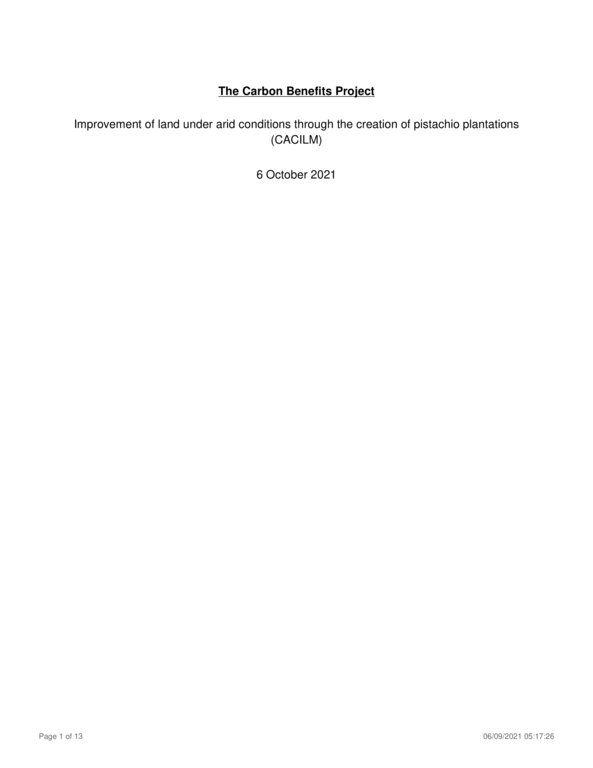CBP
Carbon Benefits Project (CBP) Summary Module
Технология: Улучшение земель в аридных условиях через создание фисташковых сортовых плантаций (ИСЦАУЗР) (Инициатива Стран Центральной Азии по Управлению Земельными Ресурсами (ИСЦАУЗР))- Создание:
- Обновить:
- Составитель: Eleanor Milne
- Редактор: –
- Рецензент: Tatenda Lemann
cbp_6145
Завершённость: 100%
1. Общая информация
2. Carbon Benefits Project (CBP) Assessment
Ссылки и модули
Свернуть всеСсылки

Улучшение земель в аридных условиях через создание фисташковых … [Узбекистан]
Создание плантаций фисташки на пологих склонах для повышения производительных функций земли, предотвращения деградации и восстановления ландшафтов предгорной аридной зоны
- Составитель: Rustam Ibragimov
Модули
Нет модулей


